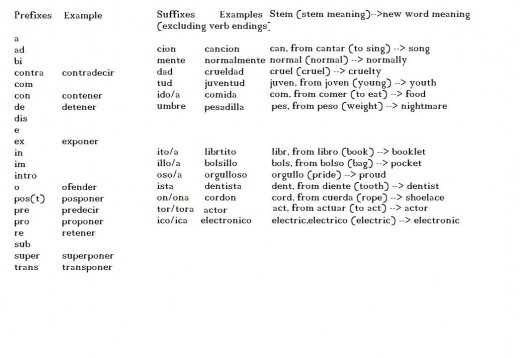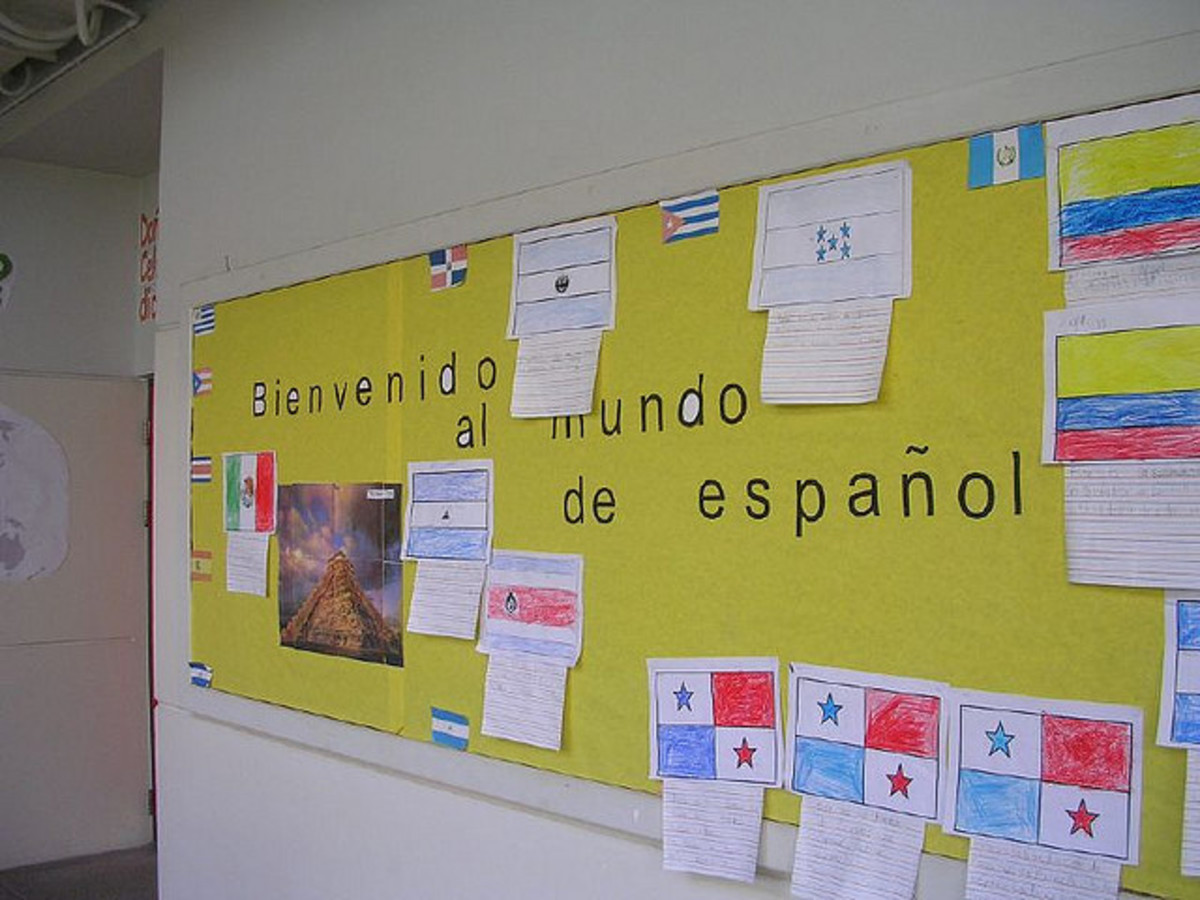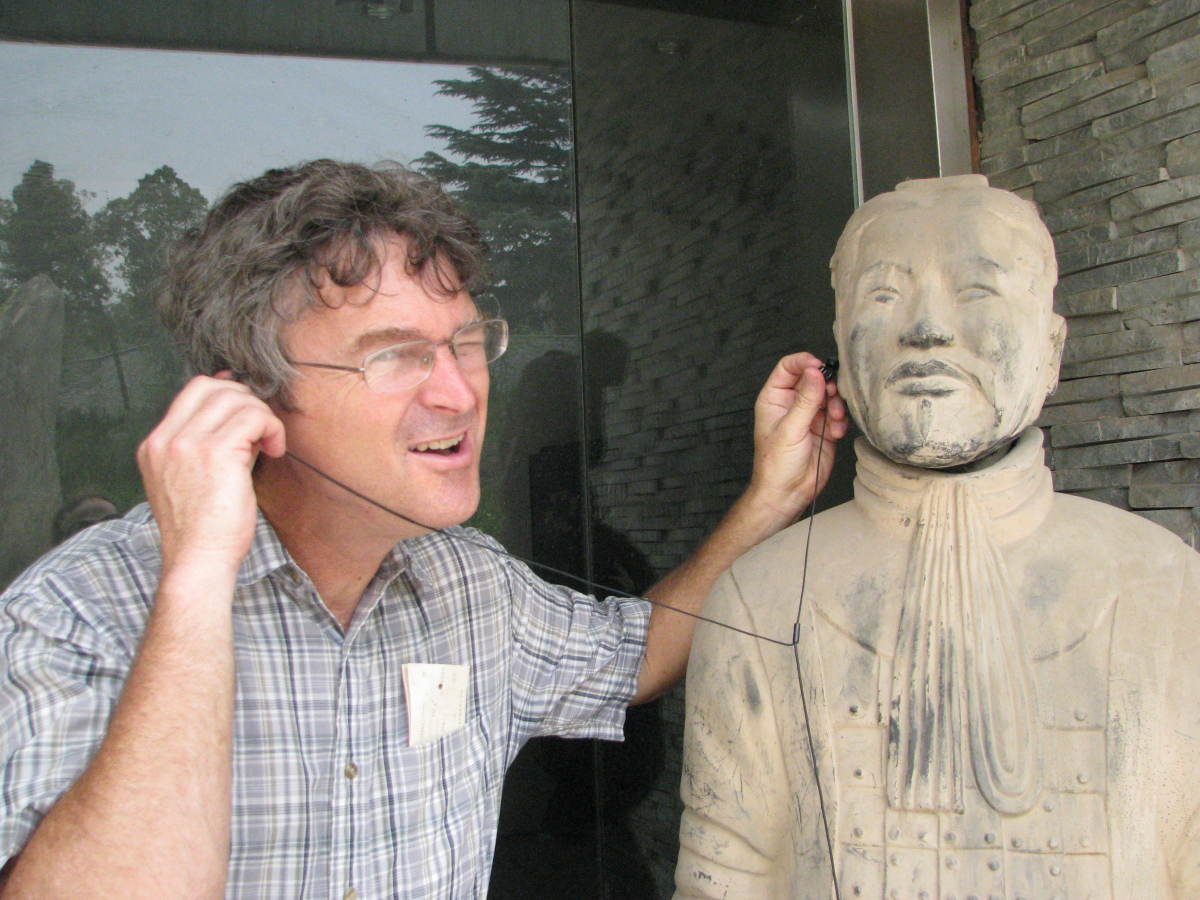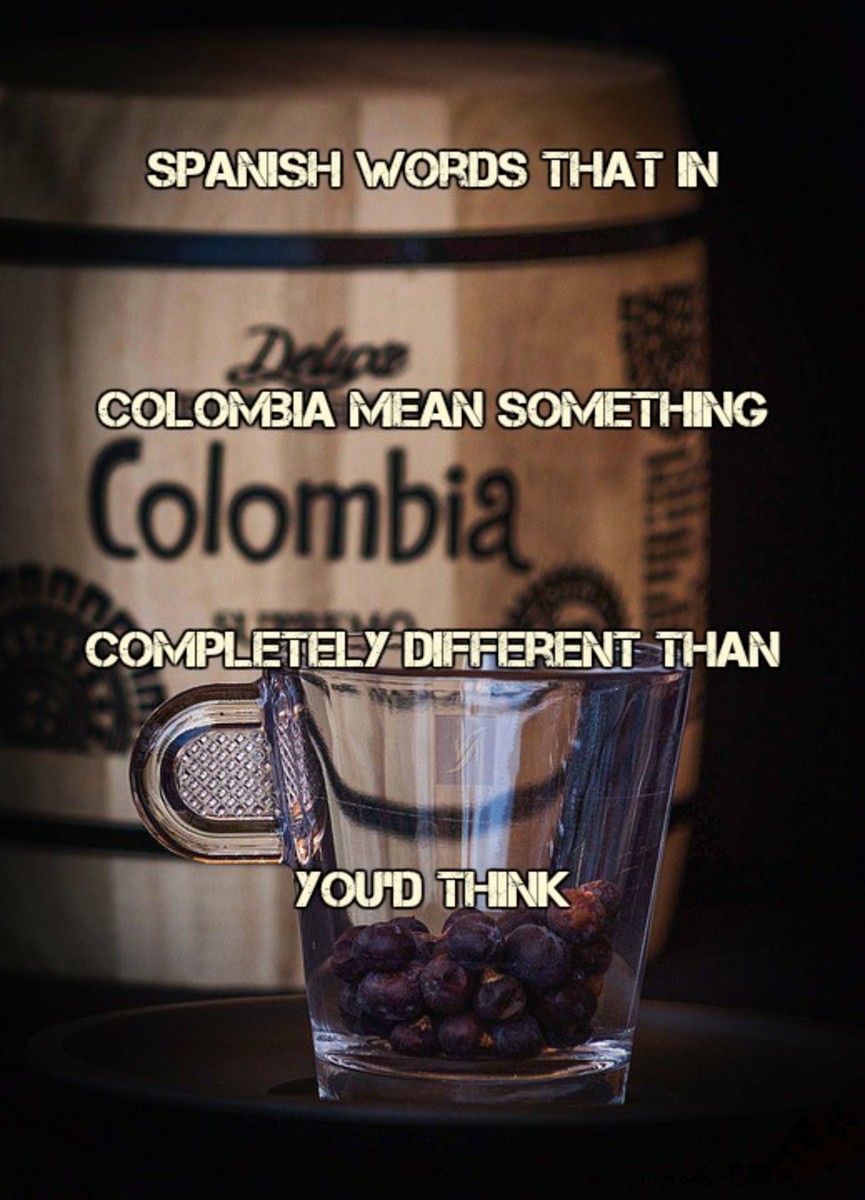Expand your Spanish vocabulary
Learn new words without flashcards
Learning vocabulary is an unavoidable burden to many language learners. Flashcards are a very useful way to do this but once you have a basic understanding of how a language works and some key words the use of flashcards may not be as necessary. Becoming proficient in language means not only knowing what to say but understanding how the structures of the language are created. One of the basic structures of a language are of course, its words. Words can be made up of parts, like the stem, prefix and suffix. This is often taken for granted in a native language. For instance, you would not look up the word 'marriage' if you already know 'marry'. Unfortunately, many language learners waste time looking up such words because either they lack confidence to make an educated guess or because they are simple not shown how to take apart words and look for meaning.
Spanish, like English, uses prefixes and suffixes to create words. The word prefix is itself a wonderful example of how a prefix is used. The letters 'pre' are added or affixed to the front of the word 'fix'. Without knowing what a prefix is you could guess that it is something that is fixed or attached to the beginning of something.
In Spanish, all infinitive (raw) verbs end in the suffixes ar, er, or ir. Once these are removed the stem remains (called the raiz in Spanish). Besides conjugating verbs into various tenses and moods with different endings (a topic for another day), verbs can be changed into adjectives by using suffixes. For example, by using the past participle ending 'ado' and 'ido' a verb becomes an adjective which can then accept masculine, feminine and plural endings. The verb comer (to eat), whose stem is 'com' becomes comido (eaten) as a past participle and can be then used as an adjective as in "el pan comido por el raton" (the bread eaten by the mouse). This in turn produced the word 'comida' (food) through its meaning as something that is eaten.
verb-ending=stem+suffix=past.part.--> adjective
comer - er = com + ido = comido --> comido/a/s
There are many prefixes and suffixes that can be used with nouns to make new or variations of those nouns. For example the suffix 'dad' (which is always grammatically feminine) is roughly equivalent to the English 'ty' so capaz (capable) becomes capacidad (capacity) and igual (equal) becomes igualdad (equality). Common prefixes are 'dis' which turns gustar (to like) into disgustar (to not like, but it does not mean to disgust) and 'pre' which makes decir (to say) into predecir (to predict, or literally to say before).


Ditch the dictionary!
Learning vocabulary this way will help you in learn more English words and do better on tests like the SAT.








